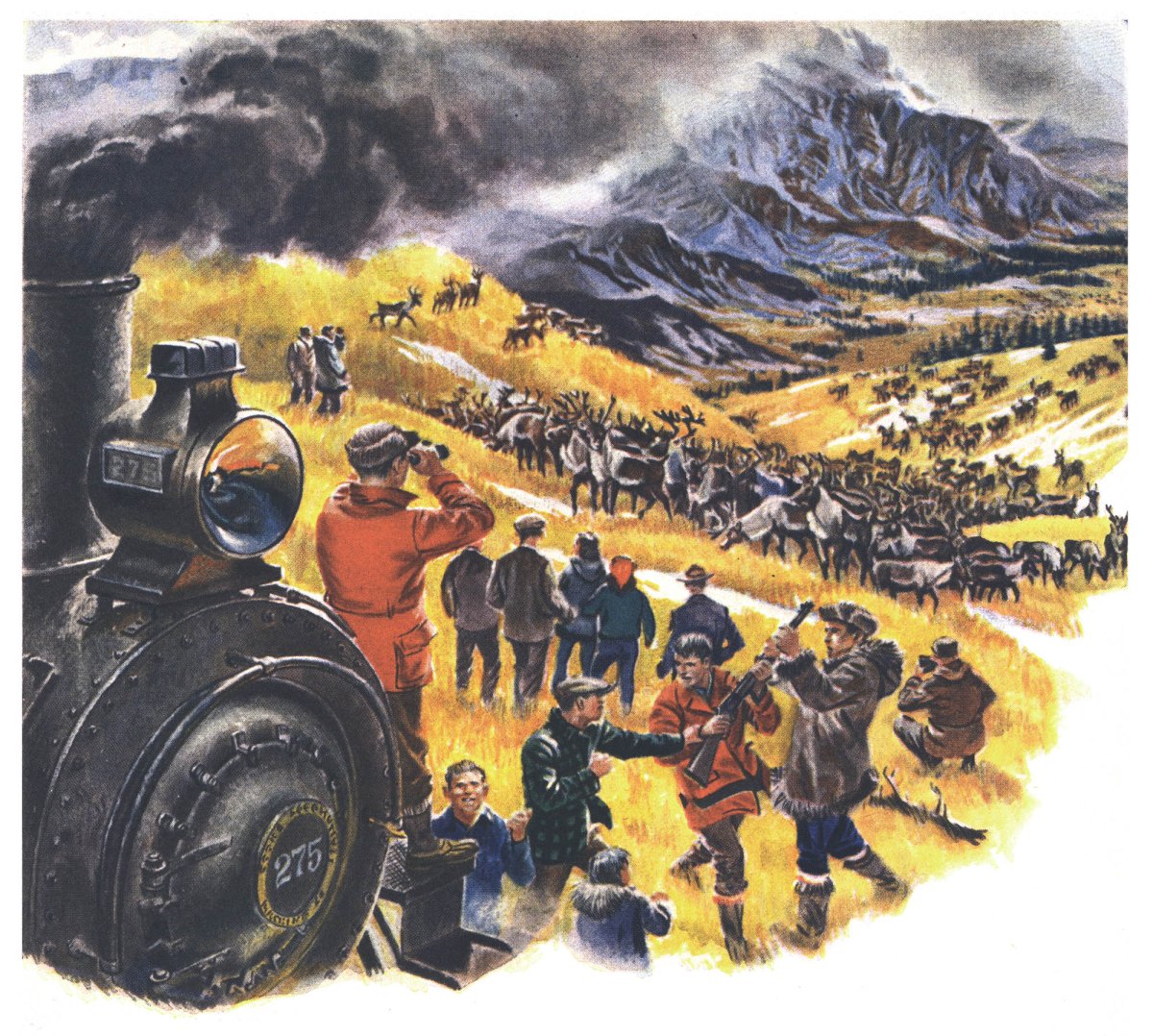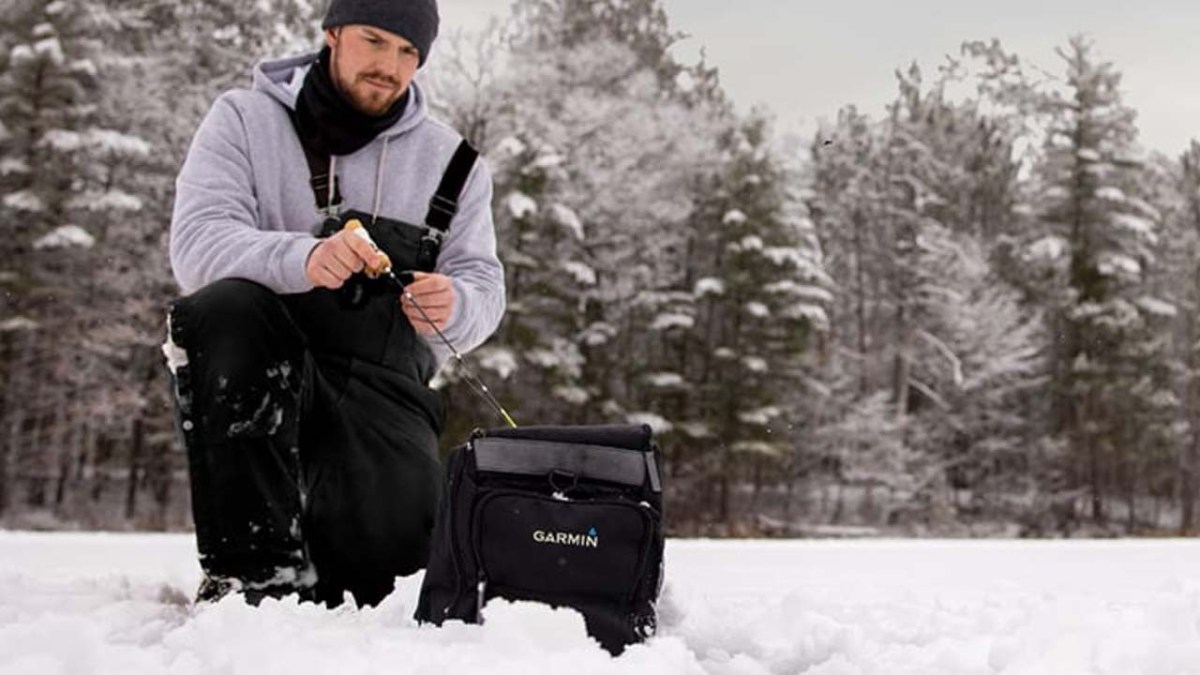Heirloom Vegetables and Seeds – Survivopedia
Heirloom Vegetable Varieties
There is no scientific definition for heirloom vegetables. According to writer Chris McLauglin, even the term “vegetable” is a culinary term as opposed to a botanical term. In The Complete Idiot’s Guide to Heirloom Vegetables, she writes,
“In gardening circles, the term ‘fruit’ is often used interchangeably with ‘vegetable.’ Vegetable isn’t a botanical term, but rather a culinary one. Botanically speaking, If the food in question is the seed-bearing part of the plant, then it’s a fruit. (Although it’s true that a tomato, while technically a fruit, is considered a vegetable in the kitchen.)” (McLaughlin, 2010)
According to McLauglin, heirloom varieties are always open-pollinated, which means that the seeds can be saved every year and that both the plants that grow from those seeds, and the fruit that they produce, will grow true to the plant that the seed came from. (McLaughlin, 2010) Another definition for an heirloom plant is a variety that has been grown for 100 years or more. This is the definition I found in most books published in the 20th Century, but now many gardeners consider plants to be heirlooms if they have been cultivated for 50 years or more.
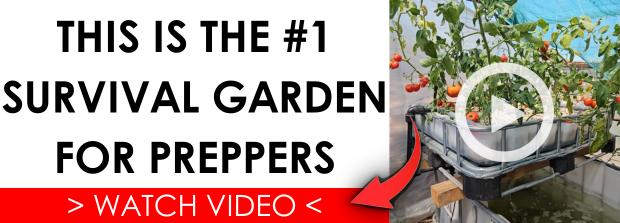
According to an article by Bill Hepler, the term “heirloom” was first used by horticulturist J.R. “Hep” Hepler, his father, in the 1930’s to describe varieties of beans that had been grown in the same neighborhoods for generations and were considered to be treasures by the Hepler family and was published in seed catalog in 1947. (Hepler, 2012) The term did not see common use in gardening books until the 1980’s and 90’s in response to factory farming trends and that is when most gardeners recollect first hearing the term come into vogue.
Regardless of how many years they have been around, heirloom varieties are now generally accepted to be old cultivars which are either open-pollenated or propagated through grafts or cuttings, which grow true to the “parent” variety, and are passed down from one generation to the next.
I recommend Chris McLaughlin’s books to readers interested in heirloom vegetables and growing vegetables from heirloom seeds. The book mentioned contains descriptions of hundreds of varieties of heirloom vegetables, the properties of each variety, and how many days until they can be harvested, making it a useful reference to help gardeners choose which heirloom seeds to buy and plant. (McLaughlin, 2010)
Hybrids
Unlike commercial hybrids, heirloom plants are public domain. If you garden every year, you only need to buy heirloom seeds once, whereas commercial seeds are trade secrets. F1 hybrid varieties are created by crossing two different species or varieties of plants. The resultant plant is usually very different from its parents and can even be sterile. To grow true, the same cross must be made every year. Seed companies love this because it means they can sell new seeds to farmers every single year.
Most farmers love it too because farming is a business for them and hybrids can be pest resistant and produce fruit that is symmetrical, and more uniform in size and color and the whole crop is ready to harvest at the same time. Because of these and other factors, most farmers are enthusiastic supporters of hybrids.
Thanks to seed company lobbyists and support from farmers, it has become illegal in some nations to sell plant seeds which have not been approved for sale. Incredibly, other countries have made seed saving illegal to give seed companies monopolies on seed, seriously endangering the world seed supply.
Genetic Diversity
There is strength in genetic diversity. It makes organisms actually grow stronger in response to low-grade volatility inherent in natural systems. Lack of genetic diversity makes organisms fragile to volatility and negative stimuli. Nothing made by man grows stronger in response shock and volatility, and so far, that includes GMOs and hybrids, at least until they are de-hybridized over 5 or more generations.
Man engineers fragility right into everything he builds because we humans are not yet capable of understanding complex non-linear systems. It has to do with how our brains work to keep us alive. We are wired for group survival, and we have to simplify natural systems and consider them in a vacuum to understand them because our brains filter out unnecessary information to enable us to focus on survival. (Taleb, 2014)
The fact that hybrids use a very small gene pool, and in some cases are clones of the same plant, makes them extremely vulnerable to pests. Early in the 20th century, rubber tree leaf blight wiped out the cultivation of rubber trees in their native South America. The trees that survived outside South America all trace to a single batch of seed that was smuggled out of the continent in 1875. (Wikipedia, Henry Wickham (explorer), 2025) Thus, natural rubber production is now genetically fragile and vulnerable to being wiped out. Hospital operating rooms, commercial airliner tires, and heavy truck tires all depend on natural rubber. The loss of the crop would be catastrophic. (Wikipedia, 2025)
When seed companies need to strengthen hybrids, they go running to heirloom varieties, but factory farming puts hybrid and GMO crops in close proximity to heirlooms which can cross-pollenate heirloom varieties, polluting and corrupting our collective agricultural inheritance. This risk of contamination forces some heirloom growers to bag the reproductive parts of their plants or to pollenate them by hand to prevent cross-pollination. (McLaughlin, 2010)
Genetically Modified Organisms
Genetically modified organisms are just that. Geneticists modify the plant’s DNA to give traits that they consider to be desirable, like for the fruit to be symmetrical, and have a tough skin, and ripen slowly so it looks perfect on the supermarket shelf even after it has been shipped from another continent.
Chemical companies also modify plants to be resistant to their weed killers so they can make farmers buy their seed and their weed killers. They can also splice DNA from natural bacterial pesticides right into the plant or splice in animal DNA from fish that have a “natural antifreeze gene” to make plants more resistant to frost. (McLaughlin, 2010)
Are GMO’s Dangerous?
Most scientists, around 88% of them (according to DuckDuckGo), believe that GMO foods are both safe and sustainable. The public, however, is more skeptical. Therefore, most GMOs are banned in many developed nations, but not in the USA. (Raman, MS, RD & Meacham, PhD,, RD, CSCS, 2025) Here in the USA, lobbyists make sure the big seed and chemical companies own enough politicians that they can force most Americans to eat whatever makes Big Ag the most money.
Personally, I am quite skeptical of GMOs because they haven’t been around long enough to fully understand the potential dangers. As a student of history, biology, and survival, I recognize that mankind has an abysmal track record of meddling with natural systems that they think they understand but really don’t. We understand them just well enough to monkey with them and cause large scale carnage.
Communist China’s Four Pests Campaign is a prime example. Chinese scientists noticed that sparrows were eating some of rice harvest, so the CCP set about exterminating sparrows. They missed the fact that the birds ate many times more pests than rice, however, and killing the sparrows resulted in millions of human lives lost to starvation. (Wikipedia, The Four Pests campaign, 2024)
For decades, junk science from oil companies told American consumers that leaded gasoline was safe. Junk science from big tobacco told us that smoking was safe. Now Big Ag is telling us the GMOs are safe and that anyone who disagrees could benefit from “scientific literacy campaigns.”
All a true scientist could say in favor of GMO’s is that they need to be studied further to determine whether or not they are safe, and even then, we could be wrong. That’s how actual science works. I don’t see how an objective observer can trust science funded by giant corporations with trillions of dollars invested in a particular outcome.
True science constantly changes as knowledge and understanding grow. Until very recently scientists could not prove that trees communicate with each other, recognize related seedlings and even send nutrients back and forth between trees. This totally changes our understanding of trees. For one thing, now we know that they grow better in groups and, with certain other species of trees, and how dependent they are on undisturbed soil and fungus that grow in the soil.
Vegetables are Less Nutritious than they Used to Be
I read an article that presented evidence of the fact that vegetables are losing their nutrients at an alarming rate and strangely, the writer of that article blamed the loss of iron on global warming and thinks that the solution to the problem is to create genetically modified fortified vegetables. I was surprised that they had no concern whatsoever that genetic modification and hybridization could be part of the problem. (Lipton, 2024)
“Just make more GM foods! That will fix it!” We have to ask what changes we made to farming in the 20th century that caused this problem, such as: monoculture and how it destroys both the soil and the plants, fossil fertilizers, chemical pesticides, genetically modified plants, and hybrid plants.
Unfortunately, market forces drive every one of these problems. Most farmers are going to plant hybrids because it is economically advantageous for them to do so. So, if you want healthy, good tasting organic food, you either have to spend a fortune or grow it yourself, grow extra and barter with others who do likewise to get foods that you don’t happen to grow.
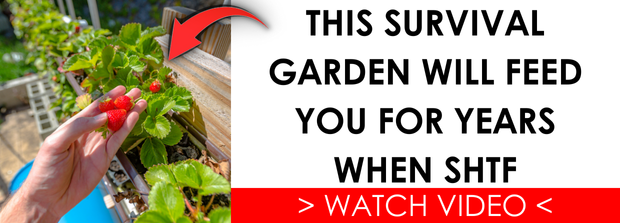
What Heirlooms Have to Offer
Heirlooms may not be what most farmers want, but they are absolutely critical for world food security. Seed banks along are not enough.
Heirlooms were selected for tasting great and getting food from the garden to your dinner table instead of looking good in a cooler after surviving a bumpy ride trip form where they were grown on other continents. Some heirlooms are selected to mature quickly or to grow beans in bushes instead of vines, making them perfect for planting in small urban spaces like balconies, patios and planter boxes.
But I think one of the best features of heirloom varieties for survivalists is the food security they provide. You buy heirloom seed once, and then as long as you grow them every year or two, you never have to buy seed again. How would you buy hybrid and GMO seed if the grid is down? No electricity means no shipping and no banking.
Yet another reason to try heirlooms is because you can get heirloom varieties that are adapted to your local soil, climate and pests. Especially with infrastructure down, you will have better luck with locally adapted varieties than seeds that ship from a lab and you plant out of a can. Remember, you may not be able to get hybrid or GMO seed, fossil fuel fertilizers or pesticides, but that’s OK, because the farmers growing heirloom varieties hundreds of years ago didn’t have them either.
If you read my articles, I hope that you are producing some of the food that you eat yourself, even if it’s just a couple of square feet on a balcony or a window box. It’s fine to start small, just start! If you haven’t already, give heirloom plants a try.
Read the full article here







